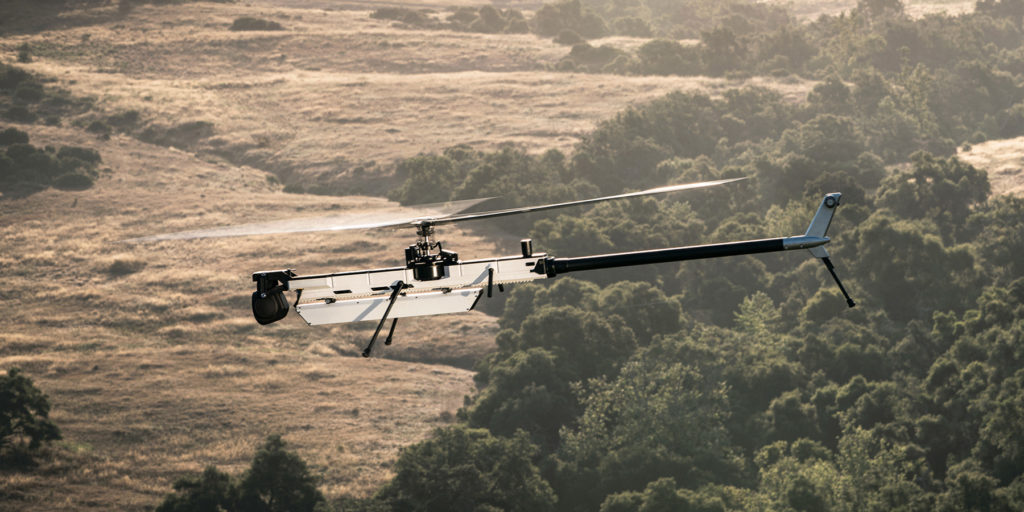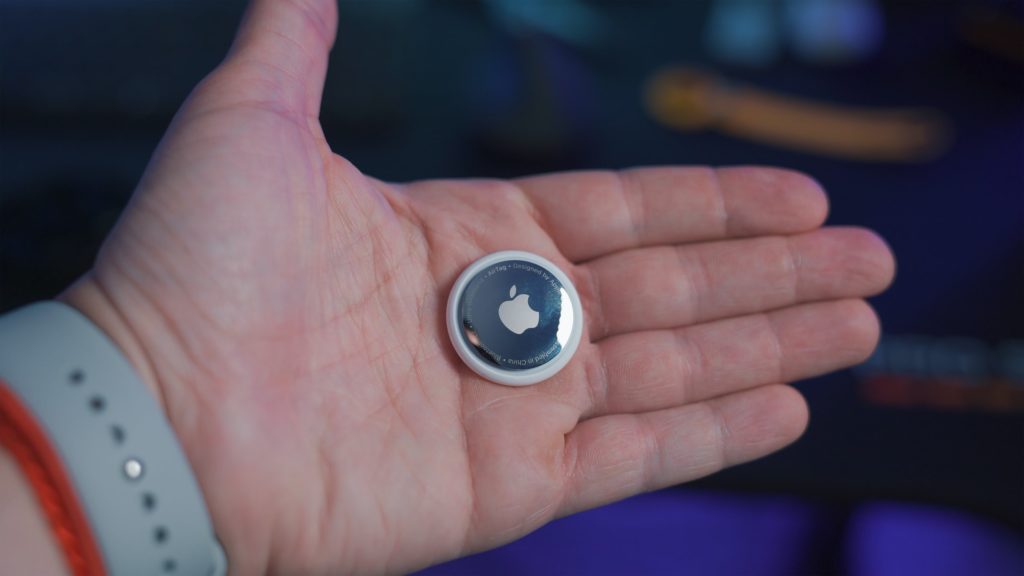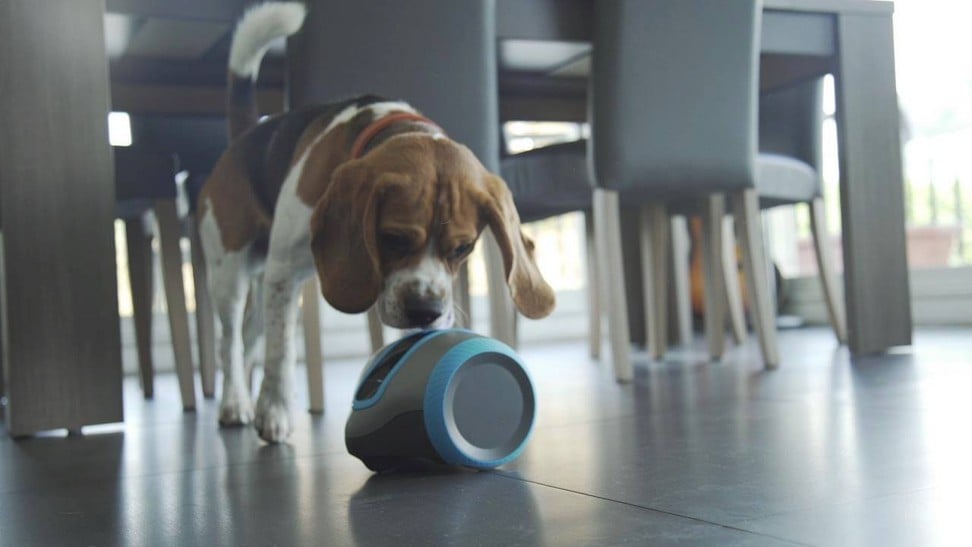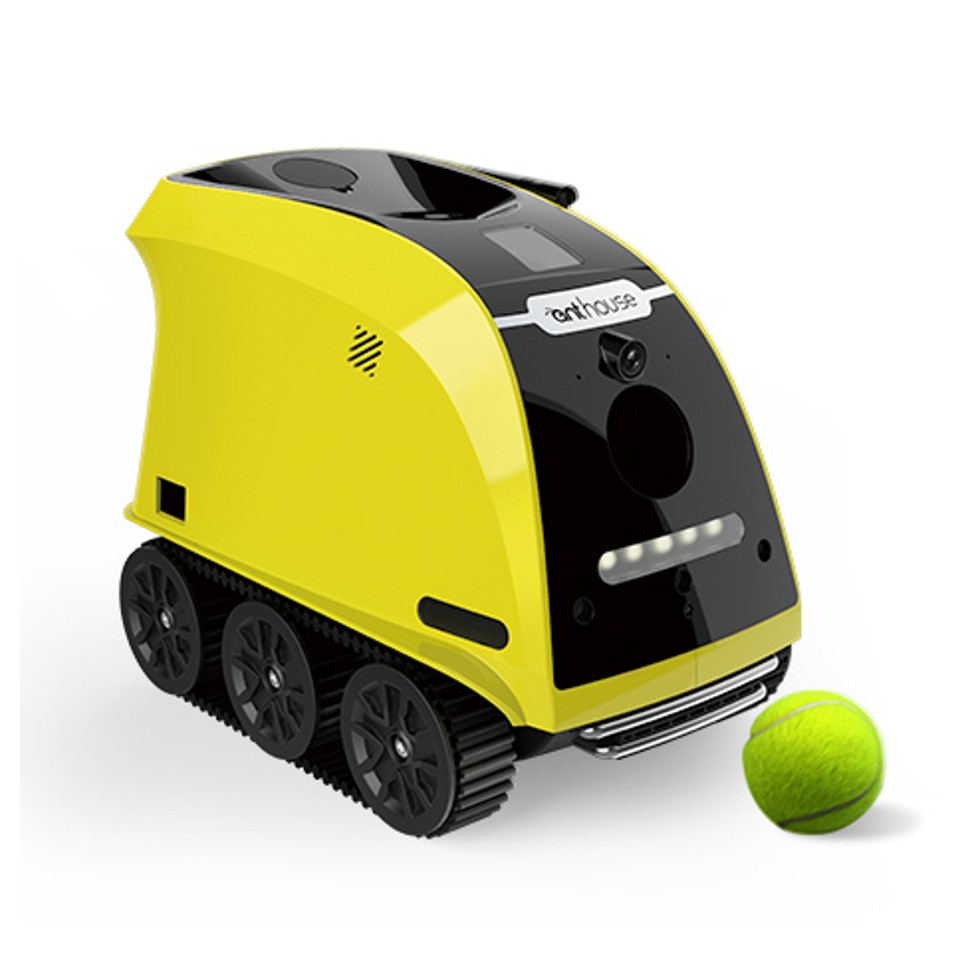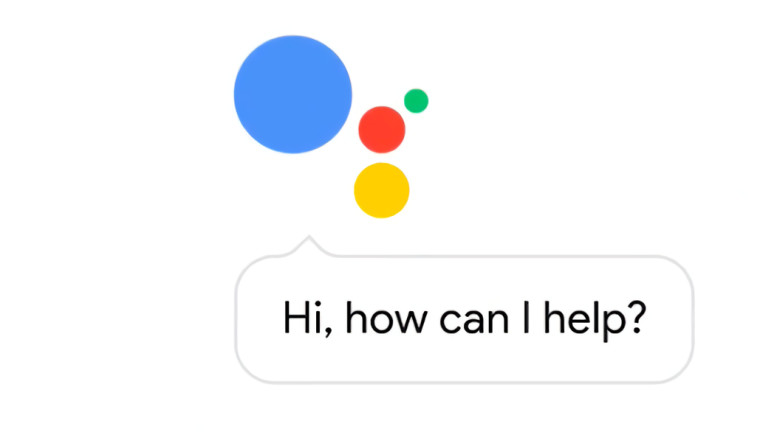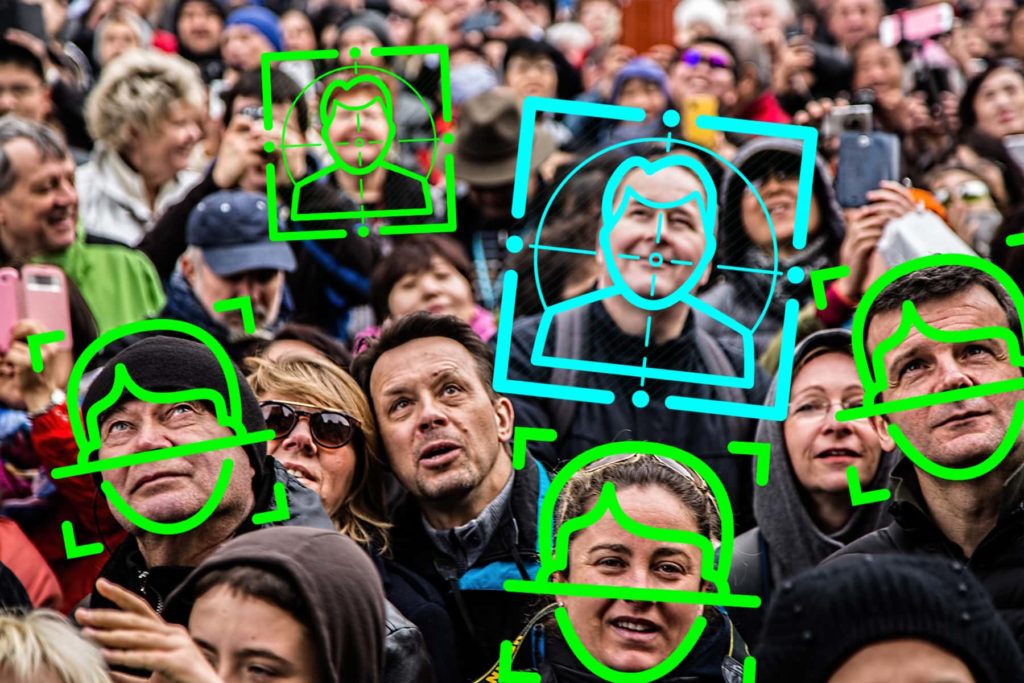
You may probably have heard about China’s efforts to introduce a social scoring system based on live facial recognition in public areas. The idea was to give people points for doing good things, and punish those doing bad things – like jaywalking, fighting or stealing.
Well, UK goes through a similar debate right now, and while it may not be as controversial as the Chinese scoring system, it still has gathered quite a lot of controversies. The question is, should UK apply live facial recognition to their already extensive network of CCTV cameras? What inpact would that have on society and would the positives outweigh the negatives? Let’s review the arguments that have been made by both sides.
The difference between normal CCTV and this technology is that it can automatically indentify you by your facial feature and can pull up available data about you. Some look at the opportunities this could bring in finding people that have been doing bad things – such as thiefs or other criminals. They could be indentified by walking down the street or while buying groceries. It could also help with finding missing persons.
On the other side, people are very distressed about the possibilities of doing harmful things with this technology. People often refer to the ‚Big Brother’ from George Orwell’s book, 1984. The UK information commisioner mentioned the following in one of her blog posts: “I am deeply concerned about the potential for live facial recognition (LFR) technology to be used inappropriately, excessively or even recklessly. When sensitive personal data is collected on a mass scale without people’s knowledge, choice or control, the impacts could be significant,”
There are also campaigns like Reclaim Your Face that fight against biometric mass surveilance and want to reclaim the public space. They believe that either to government or coporations will use this technology against the people. It’s just a matter of when, not if.

What is your opinion on this? Do the negatives outweigh the positives or the other way around?

